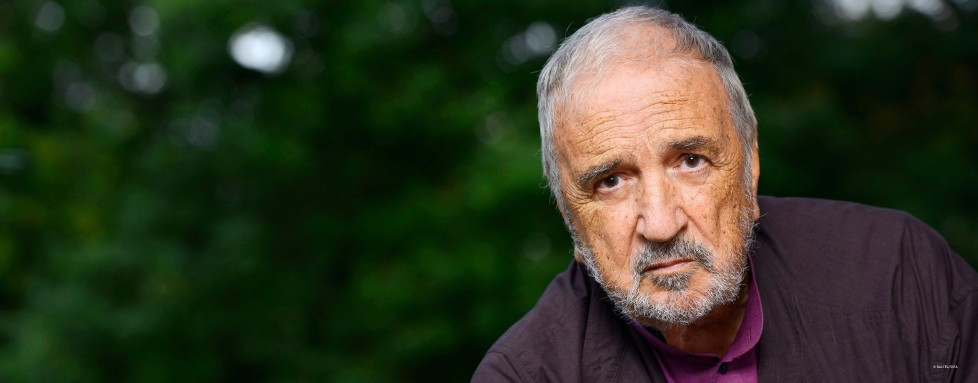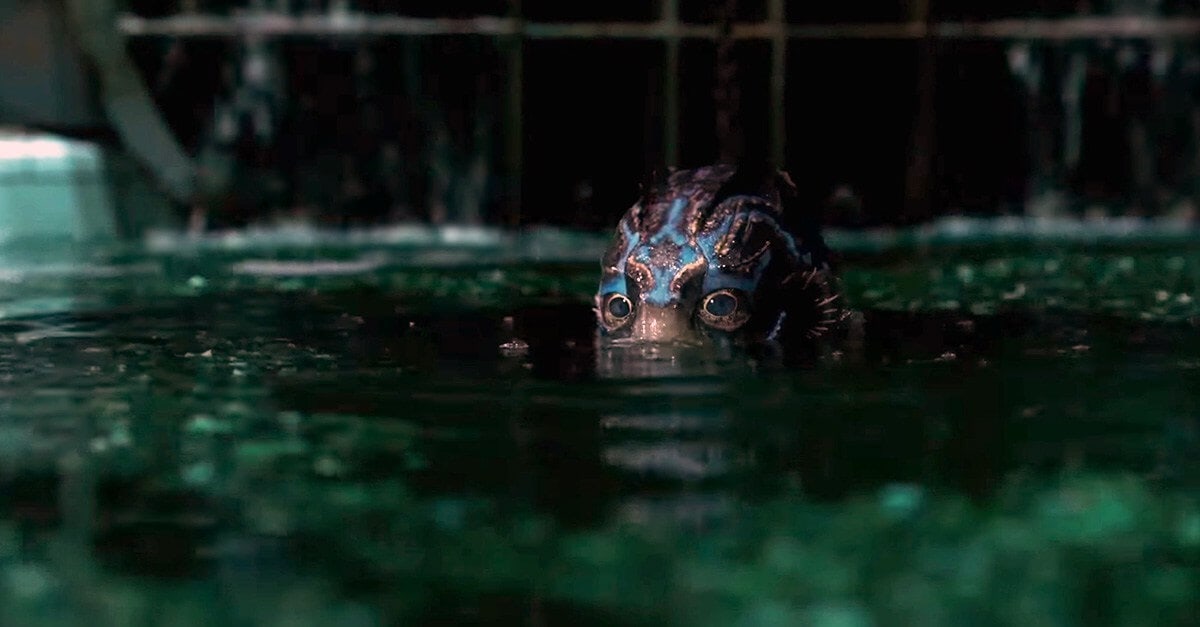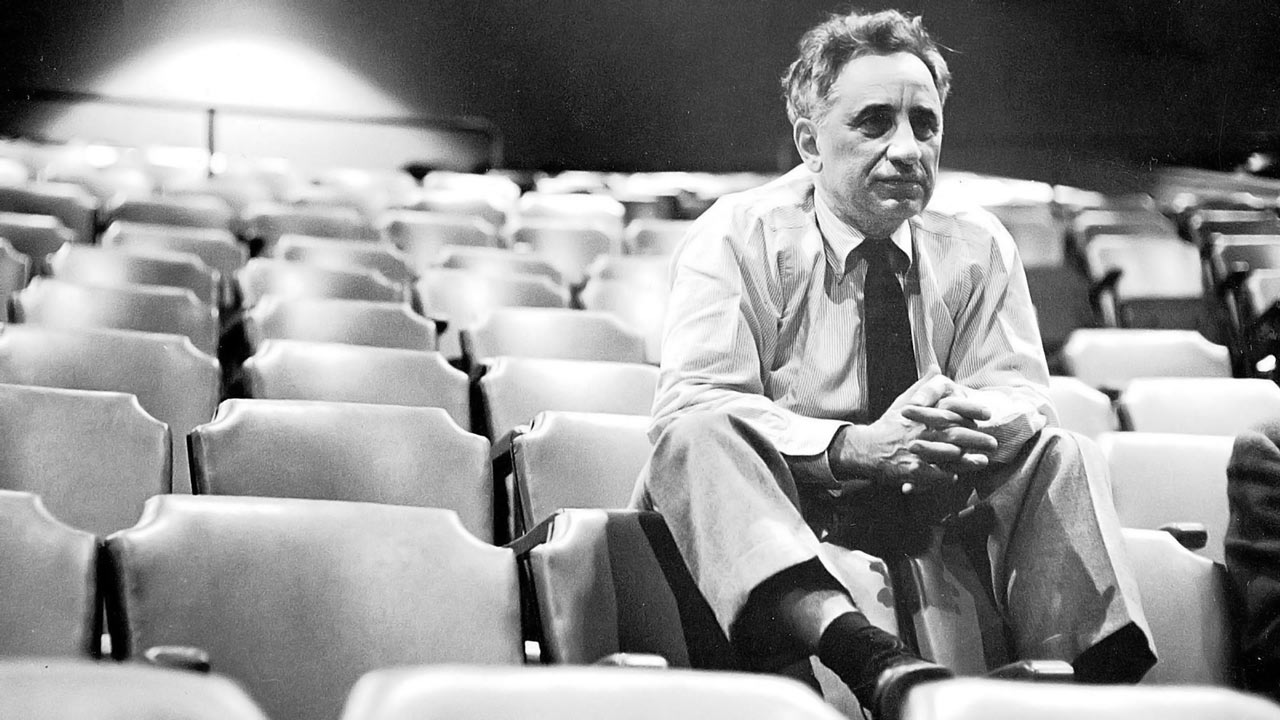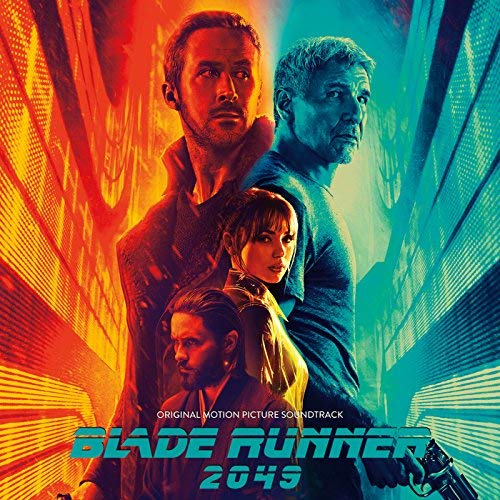Month: August 2018
-

“The Secret Language of Film” – How Carrière’s Theories Still Hold Up Today
Beautifully crafted essays by French film theorist Jean-Claude Carrière, who was himself a highly prolific and successful screenwriter – working for the likes of Buñuel and Volker Schlöndorff. And the man has a certain command of language that is equal parts moving, inspiring, clear, and devastating. This book not only covers the vast distance of…
-
My All-Time Favourite Film – Andrei Tarkovsky’s “Stalker”
Stalker A particularly difficult review because this film is, academically and in my own opinion, one of the greatest ever made – if not THE greatest. It is a perfect harmony of directorial vision against all odds, perfectly balancing every production element at the creator’s disposal into a masterpiece of visual storytelling. The film is…
-

“The Shape of Water” Eats Fish Sticks
The Shape of Water What the royal fuck is wrong with Guillermo del Toro? How does he keep making films that are getting progressively worse? Is he the next M. Night Shyamalan? Despite having seen this a while ago, I’ve had a hard time writing about this film because it has nothing to point to;…
-

Elia Kazan’s “A Life”
A Life Some books stare deep within, and offer you a perspective that – prior to – you didn’t think would ever be recorded. Sure, we know deep down that our experiences are not all that unique – that surely someone has lived similarly, made equally stupid decisions, and had a number of veritable successes…
-

Why Did You Have to Ruin “Blade Runner” for This Generation?
Blade Runner I came, I saw, I reviewed. This long-anticipated film represents a milestone for me, as the original “Blade Runner” was the single film responsible for my foray into a filmmaking career – the first film I had ever seen that could create powerful emotions through the nonverbal “dialogue” of light and shadow and…
